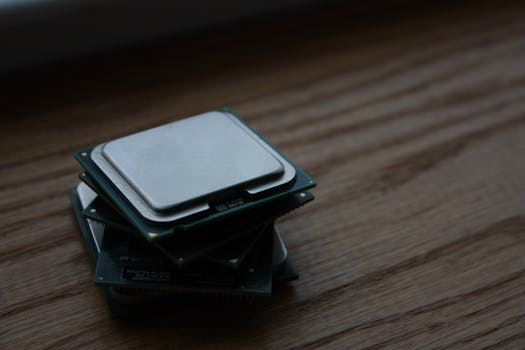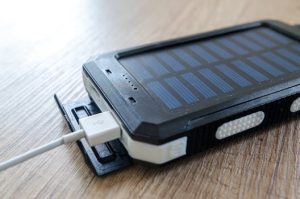Organic Circuit Personal Electronics: Living Technology Beyond Traditional Computing
In a world where technology is constantly evolving, we’ve come to rely on traditional computing systems to power our daily lives. From laptops and smartphones to smart home devices, these electronic devices have become an integral part of our modern existence. However, with the rise of organic circuit personal electronics, we’re on the cusp of a new era of technology that promises to take us beyond traditional computing. In this article, we’ll explore the world of organic circuit personal electronics and discuss how this living technology is poised to revolutionize the way we live, work, and interact with our devices.
What are Organic Circuits?
Organic circuits, also known as bioelectronic circuits, are a type of electronic circuit that utilizes organic materials, such as carbon-based compounds, for their components. Unlike traditional electronic circuits, which are made from inorganic materials like silicon, organic circuits rely on the conductive properties of organic compounds to transmit and process information. These compounds, also known as “electronic molecules,” have unique electrical properties that allow them to function as circuit components.
The Rise of Organic Circuit Personal Electronics
The development of organic circuit technology has created the potential for personal electronic devices that are flexible, lightweight, and biodegradable. This opens up a whole new realm of possibilities for personal electronics, allowing for innovative applications and designs that were previously impossible with traditional computing systems. For example, imagine having a smartphone that you can fold up and put in your pocket, or a wearable fitness tracker that conforms to your body for optimal comfort. With organic circuit personal electronics, these futuristic ideas can become a reality.
Benefits of Organic Circuit Personal Electronics
Flexibility and Adaptability
One of the biggest advantages of organic circuit personal electronics is their flexibility and adaptability. The use of organic materials allows for devices to be flexible and easily bent, making them ideal for wearable technology and other applications where traditional rigid circuits would be cumbersome or impractical. This flexibility also means that devices can be designed to conform to their environment, making them more comfortable and non-intrusive for the user.
Biodegradable and Sustainable
Another significant benefit of organic circuit personal electronics is their biodegradability. Unlike traditional electronic devices, which are made from non-biodegradable materials that can be harmful to the environment, organic circuits are made from natural materials that can be broken down by natural processes. This makes them a more environmentally friendly option and a step towards creating a more sustainable future.
Lower Production Costs
The production costs for organic circuits are significantly lower compared to traditional inorganic circuits. This is because organic materials are easier to mass-produce, and researchers have found ways to print these circuits on various surfaces, making the manufacturing process more efficient. Lower production costs could translate to more affordable devices for consumers, making cutting-edge technology more accessible to everyone.
The Future of Organic Circuit Personal Electronics
While organic circuit personal electronics are still in their early stages of development, the potential for this technology is limitless. With ongoing research and advancements, we can expect to see a wide range of applications for organic circuits, from healthcare and fitness to consumer electronics and beyond.
Healthcare Applications
Organic circuits have the potential to revolutionize the healthcare industry by creating biocompatible medical devices that can be used for diagnostic and treatment purposes. For example, biosensors made from organic circuits could be used to detect and monitor various health parameters, allowing for better management of chronic conditions. These circuits could also be used to deliver targeted treatments for diseases without causing adverse side effects.
Sustainable Electronics
As previously mentioned, organic circuits are biodegradable and sustainable, making them an ideal choice for creating eco-friendly electronics. By using these circuits, we can reduce the environmental impact of electronic waste and create devices that are biodegradable and safe for the planet.
Conclusion
Organic circuit personal electronics represent a significant shift in the world of technology, offering a more flexible, sustainable, and affordable alternative to traditional computing systems. With ongoing research and advancements, we can expect to see these circuits integrated into our daily lives, resulting in a more seamless and convenient technological experience. As we continue to push the boundaries of what’s possible with organic circuits, the future of living technology beyond traditional computing looks very bright indeed.











